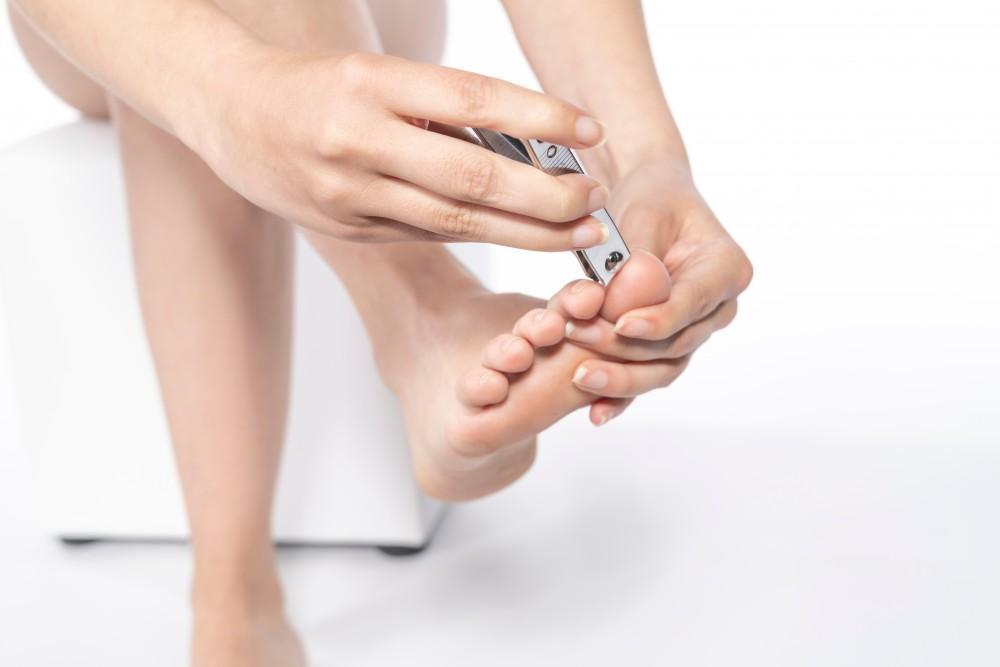
5 Effective Ways to Treat Plantar Fasciitis

Plantar fasciitis causes a distinct, stabbing pain in your heel that’s especially noticeable first thing in the morning but can plague you all day long. The condition occurs when your plantar fascia — a thick band of connective tissue that connects your toes to your heel — becomes inflamed.
Overuse, poor foot mechanics, unsupportive footwear, and obesity may be to blame. Blood supply to the thick tendon is limited, so it doesn’t get an ample amount of healing nutrients and can take a long time to heal.
At the Family Foot and Ankle Center of South Jersey, we offer ways you can heal at home and with care from our expert providers.
Rest and over-the-counter medication
At the first signs of plantar pain, we often recommend rest from the aggravating activity — such as running — and over-the-counter pain medications. These steps can reduce inflammation in mild cases and give your body just enough time to heal before your plantar fasciitis becomes chronic.
Injections
If your plantar fasciitis pain is unresponsive to over-the-counter pain medications and rest, our team at the Family Foot and Ankle Center of South Jersey might recommend a steroid injection. You receive the injection in the belly of the tendon to relieve inflammation and pain. Relief lasts for about a month, but sometimes it’s long enough for your tendon to heal entirely.
More natural and permanent alternatives to steroid injections are available in the form of platelet-rich plasma (PRP) and stem cell injections. PRP is derived from a sample of your own blood drawn from your arm. The blood is spun down in a centrifuge and then re-injected into the plantar area to stimulate healing. Platelets contain numerous healing and growth factors to stimulate your body’s natural tissue regeneration process.
Stem cell therapy uses these incredibly versatile cells in a similar way. Stem cells have the ability to become any type of cell needed for growth or healing. When injected into the plantar area, they help restore the integrity of damaged tissue. Ask the providers at the Family Foot and Ankle Center of South Jersey about these state-of-the-art therapies to understand if you can benefit.
Physical therapy
Through physical therapy, you learn exercises and stretches to heal an inflamed plantar fascia. Areas addressed through therapy are not only your heel, but also the Achilles tendon and lower leg muscles. The therapist may analyze your running gait, if that’s relevant, to determine if you can revise your foot strike form to lessen pain.
Working physical therapy exercises into your regular routine heals the condition and can prevent plantar fasciitis from returning in the future, too.
Splints and orthotics
We may recommend that you wear splints at night to put your foot in an ideal position to rest your plantar fascia as you sleep. People usually sleep with their feet pointed downward, effectively shortening the plantar fascia. The IQ Equinus Brace is designed to keep your foot at a 90-degree angle so your plantar gets a long, gentle stretch. This brace is the only one of its kind that extends above the knee. It’s easily adjustable and comfortable to wear.
Orthotics are specially made inserts that fit in your shoes to correct an irregular foot strike that may be contributing to inflammation of the plantar fascia. We customize these orthotics so they heal your specific issues.
MLS laser
The MLS (multiwave locked system) laser is the most advanced laser technology on the market today. Treatment with the laser reduces inflammation and swelling, effectively eliminating plantar fasciitis pain. It offers a wavelength that exceeds the limits of low-level laser therapy while avoiding the concerns associated with high-powered laser therapy.
You can see relief after just a few weeks of sessions. The doctors at the Family Foot and Ankle Center of South Jersey can put together a treatment plan depending on your particular case.
If you’re suffering from the pain of plantar fasciitis and it’s interrupting your ability to do the things you love, call our office or book an appointment using our online system. The practitioners at the Family Foot and Ankle Center of South Jersey want to help you heal.
You Might Also Enjoy...


5 Ways to Keep Your Bunion Pain to a Minimum

Gout: What Is It and How Can I Get Rid of It?

Complications of an Untreated Ankle Sprain

Suspect You’ve Broken Toe? How To Tell and What to Do


